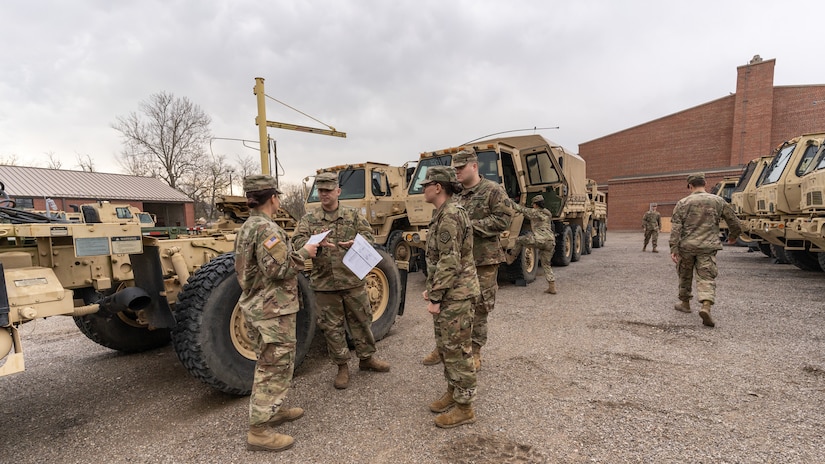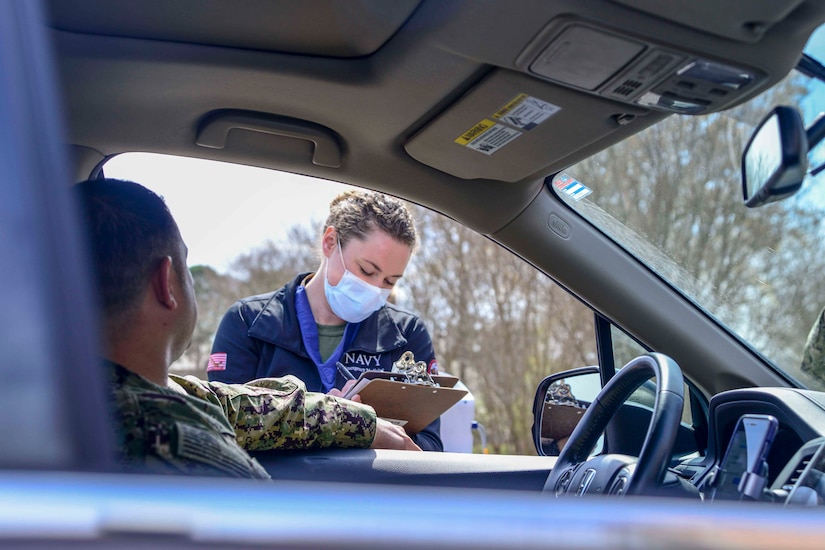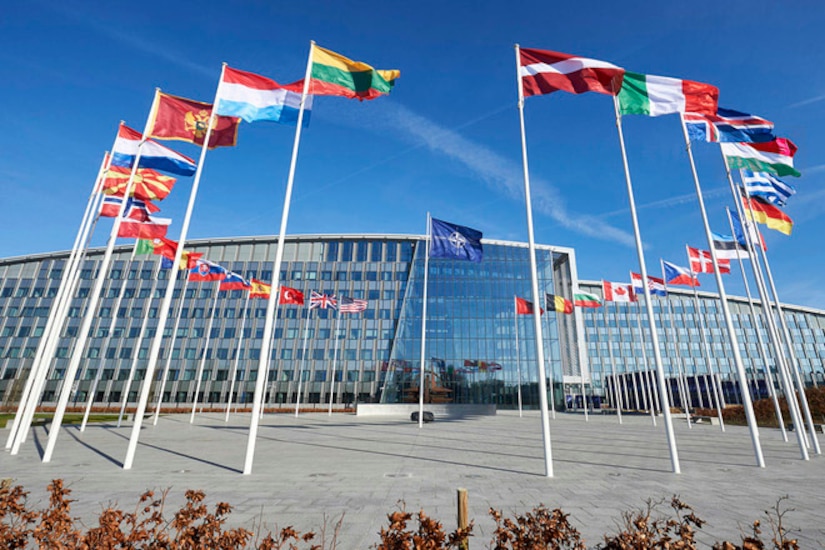April 15, 2020 | BY Jim Garamone , DOD News
NATO defense ministers have reviewed the alliance's response
to the COVID-19 pandemic and agreed upon the next steps to take, NATO Secretary
General Jens Stoltenberg said.
Stoltenberg held a virtual news conference in Brussels today
after an online meeting of alliance defense ministers. Defense Secretary Dr.
Mark T. Esper attended the defense ministers meeting from his Pentagon office.
Alliance members are cooperating in reacting to the pandemic
just as if an enemy had attacked a NATO member, the secretary general said.
"COVID-19 represents an unprecedented challenge to our nations," he
added. "It has a profound impact on our people and our economies, and it
is imposing historic shocks on the international system, which could have
long-term consequences."
Allied officials planned against the pandemic and looked to
the lessons that can be taken from the reaction to the viral plague,
Stoltenberg said. He noted that in each country, the military is playing a key
role in support of civilian efforts against the pandemic. "And using NATO
mechanisms, allies have been helping each other to save lives," he added.
The NATO command — led by the supreme allied commander for
Europe, Air Force Gen. Tod D. Wolters — was tasked with coordinating military
support among the 30 allies. The general briefed the defense ministers on the
NATO response.
"Military forces from across the Alliance have flown
more than 100 missions to transport medical personnel, supplies and treatment
capabilities, facilitated the construction of 25 field hospitals, added more
than 25,000 treatment beds and deployed over 4,000 military medical personnel
in support of civilian efforts," Stoltenberg said. "Today, I
encouraged all allies to make their capabilities available so General Wolters
can coordinate further support."
He said the pandemic is in different stages of infection in
different NATO nations. This means that effectively coordinating resources
makes a real difference, he said.
The pandemic is not the only concern for the NATO leaders,
as missions of deterrence and defense must continue, Stoltenberg said.
"The bottom line is that security challenges have not
diminished because of COVID-19," he said. "On the contrary, potential
adversaries will look to exploit the situation to further their own interests.
Terrorist groups could be emboldened."
The security situations in Afghanistan and Iraq remain
fragile, and Russia continues its pace and threats, Stoltenberg noted.
"We must maintain our deterrence and defense because
our core mission remains the same: to ensure peace and stability," the
secretary general said. "While we continue to take all the necessary
measures to protect our armed forces, our operational readiness remains undiminished,
and our forces remain ready, vigilant and prepared to respond to any
threat."
The alliance also is actively guarding against state and
nonstate disinformation stemming from the pandemic. U.S. officials said that
Russia has been using the crisis to its own ends and wants the United States to
abandon NATO and weaken the alliance.
"We are countering these false narratives with facts
and with concrete actions," Stoltenberg said. "We are also working
even closer with allies and the European Union to identify, monitor and expose
disinformation, and to respond robustly."
The defense ministers also looked at the long-term
implications of the coronavirus, as the geopolitical effects of the pandemic
could be significant, Stoltenberg said.
"Some may seek to use the economic downturn as an
opening to invest in our critical industries and infrastructure, which in turn
may affect our long-term security and our ability to deal with the next
crisis when it comes," he said.
It is still early to draw conclusions from these long-term
discussions, Stoltenberg said, and discussions about them will continue. The
defense ministers did agree, however, on a set of recommendations to strengthen
the alliance's resilience.
Alliance members will update existing baseline requirements
for civil preparedness, based on the lessons from the crisis. They also pledged
to work even closer with international partners, Stoltenberg said.
NATO has adapted to change throughout its history and will continue
to do so, Stoltenberg said. NATO was laser-focused on countering the Soviet
Union during the Cold War, but adapted to the change once that threat
dissolved. It changed again in response to the Balkan crisis and to the attack
on the United States by terrorists in 2001. It changed yet again when Russia
illegally annexed Crimea and continues to wage war in eastern Ukraine.
The pandemic is another enemy, he said, and the alliance
will adapt. But that doesn't mean the alliance will be the first responder for
the crisis.
"We should support the civilian efforts to fight this
health crisis," the secretary general said. "We see around the whole
world and across all NATO allies that military personnel are playing a key role
in the fight."
Military airlift has been essential in the fight against the
coronavirus, and military personnel are doing everything from disinfecting
public spaces to controlling border crossings. NATO is helping to mobilize and
coordinate support to NATO allied countries.
The main lesson so far is "a close link between the
civilian efforts to fight the health crisis and the ability of the military to
support those efforts," the secretary general said. "That's exactly
what we also have to look into how we can do even better when the next crisis
hits us," he added.
NATO cannot change its core responsibility to defend member
states, but there are good reasons to look into how to further strengthen the
cooperation between the civilian society combating a health crisis and military
capabilities providing support to those civilian efforts, he said.










